Japanese home decor is more than just a design choice; it’s a lifestyle that emphasizes balance, simplicity, and harmony with nature. By incorporating elements of Japanese aesthetics, you can create a serene and inviting atmosphere in your home. In this article, I will share my personal journey into Japan-inspired home decor, guiding you through the principles, styles, and practical tips to bring a touch of Japan into your living spaces.
Understanding Japanese Aesthetics
Before diving into specific decor ideas, it’s important to understand the underlying principles of Japanese aesthetics, which include:
- Wabi-sabi: Embracing imperfection and transience.
- Zen: Promoting tranquility and mindfulness.
- Natural Materials: Utilizing wood, stone, and textiles that reflect the beauty of nature.
The Philosophy Behind Japanese Decor
Japanese decor is often rooted in a philosophy that values simplicity and functionality. Each piece in a space is chosen not just for its visual appeal but for its purpose and story. This approach creates a calm environment that encourages relaxation and mindfulness.
Key Elements of Japanese Home Decor
1. Color Palette
Japanese decor typically features a muted color palette. Natural earth tones, whites, and soft pastels create a soothing atmosphere. Here’s a quick overview of common colors:
| Color | Meaning | Usage |
|---|---|---|
| White | Purity, Simplicity | Walls, Furniture |
| Beige | Warmth, Comfort | Textiles, Rugs |
| Green | Nature, Life | Plants, Accents |
| Brown | Stability, Reliability | Wooden Elements |
2. Natural Materials
Incorporating natural materials is key to achieving a Japanese-inspired look. Here are some common materials and their uses:
- Wood: Ideal for flooring, furniture, and accents.
- Paper: Used in shoji screens and decorative art.
- Stone: Great for outdoor decor and garden settings.
- Cotton and Linen: Perfect for cushions and curtains.
Popular Japanese Decor Styles
1. Traditional Japanese Style
The traditional Japanese style, also known as ‘Washitsu,’ is characterized by tatami flooring, sliding doors, and minimal furniture. Here are some features of this style:
- Tatami mats.
- Low furniture like floor cushions (zabuton).
- Fusuma (sliding doors) for versatility and space management.
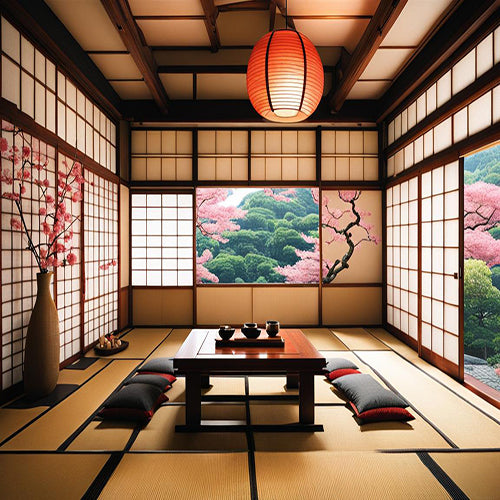
2. Modern Japanese Style
The modern interpretation combines traditional elements with contemporary design. Key characteristics include:
- Sleek lines and minimalism.
- Innovative use of space.
- Integration of technology with natural aesthetics.
3. Zen Inspired Decor
Zen-inspired decor focuses on creating a calming environment that promotes meditation and relaxation. Key elements include:
- Indoor water features.
- Plants such as bonsai or bamboo.
- Simple, uncluttered spaces.
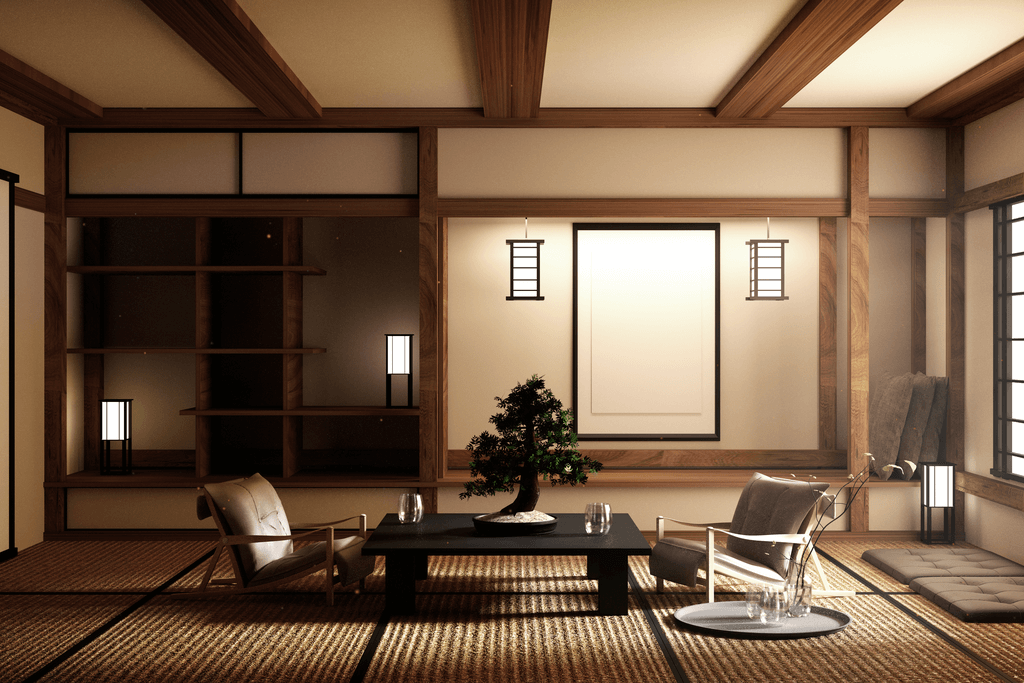
Practical Tips to Incorporate Japanese Decor
1. Declutter and Simplify
The first step in achieving a Japanese aesthetic is to declutter your space. Here are some tips:
- Remove unnecessary items.
- Use multi-functional furniture.
- Create designated spaces for specific activities.
2. Use Shoji Screens for Versatility
Shoji screens are versatile decor elements that can define spaces while allowing light to flow through. They can serve as room dividers or as window coverings.
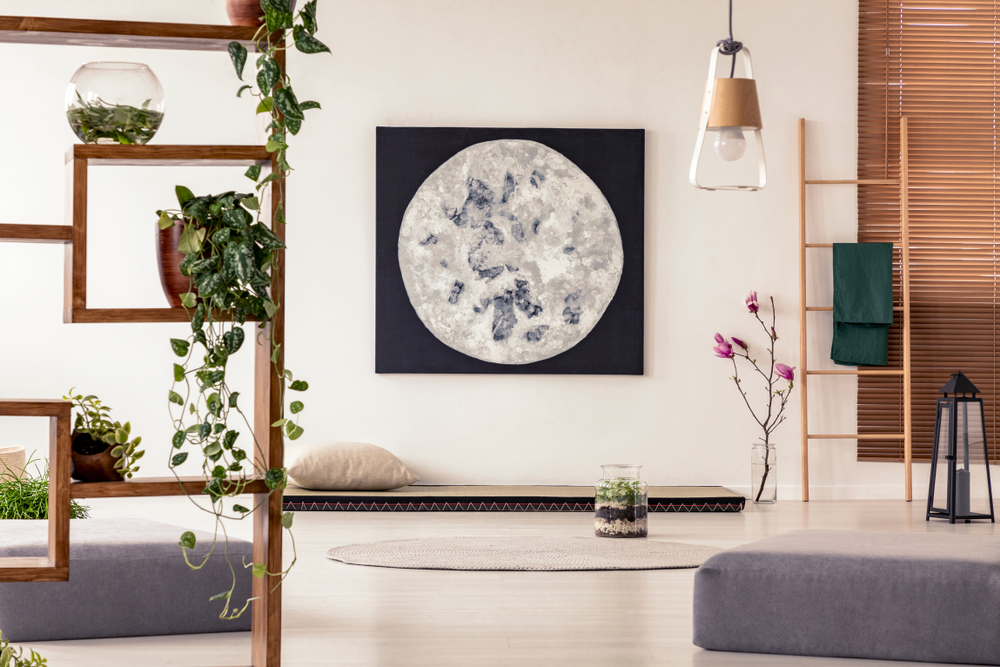
3. Integrate Nature Indoors
Bringing nature indoors can enhance the tranquility of your space. Consider these indoor plants:
- Bonsai Trees: Symbolize harmony and peace.
- Peace Lilies: Known for their air-purifying qualities.
- Pothos: Easy to care for and enhances any room.
Comparison of Japanese Decor Styles
To help you decide which style resonates with you, here’s a comparison of traditional, modern, and Zen styles:
| Feature | Traditional | Modern | Zen |
|---|---|---|---|
| Furniture Height | Low | Variable | Variable |
| Color Palette | Warm earthy tones | Neutral with pops of color | Muted |
| Decor Elements | Tatami, Fusuma | Mix of traditional and contemporary | Nature-focused |
| Overall Vibe | Cozy, intimate | Trendy, innovative | Calm, peaceful |

Pros and Cons of Japanese Home Decor
As with any decor style, there are advantages and disadvantages to consider:
Pros
- Promotes a peaceful environment.
- Emphasizes natural materials and sustainability.
- Encourages mindfulness and simplicity.
Cons
- May require a commitment to decluttering.
- Some elements can be expensive (e.g., tatami mats).
- Finding authentic Japanese decor items may be challenging.
My Personal Journey with Japanese Decor
In my quest for tranquility in my home, I turned to Japanese decor. I started with small changes, such as adding plants and decluttering my living space. As I researched, I found myself drawn to the elegance of shoji screens, which beautifully transformed my room while providing privacy. Over time, my home has evolved into a peaceful sanctuary where I can unwind after a long day.

Frequently Asked Questions (FAQs)
What materials are commonly used in Japanese decor?
Common materials include wood, rice paper, natural fibers, and stone, all of which contribute to a calming and natural aesthetic.
How can I achieve a Japanese look on a budget?
You can achieve a Japanese look by using DIY projects, such as making your own shoji screens or incorporating simple decor items like bamboo plants and minimalistic furniture.
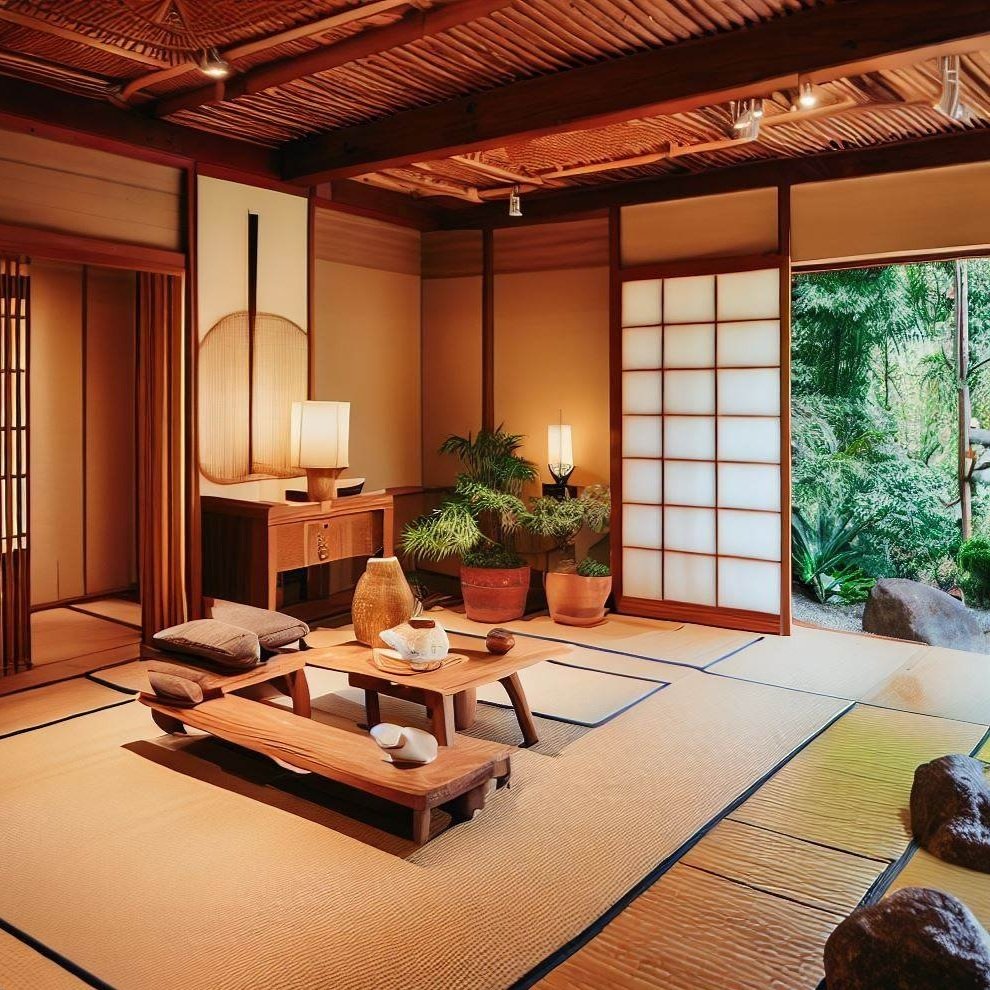
Is Japanese decor suitable for small apartments?
Yes, Japanese decor is ideal for small spaces due to its focus on minimalism and functionality, making every piece count.
Can I combine Japanese decor with other styles?
Absolutely! Japanese decor can blend well with Scandinavian, modern, or even rustic styles by incorporating elements like natural materials and simple lines.
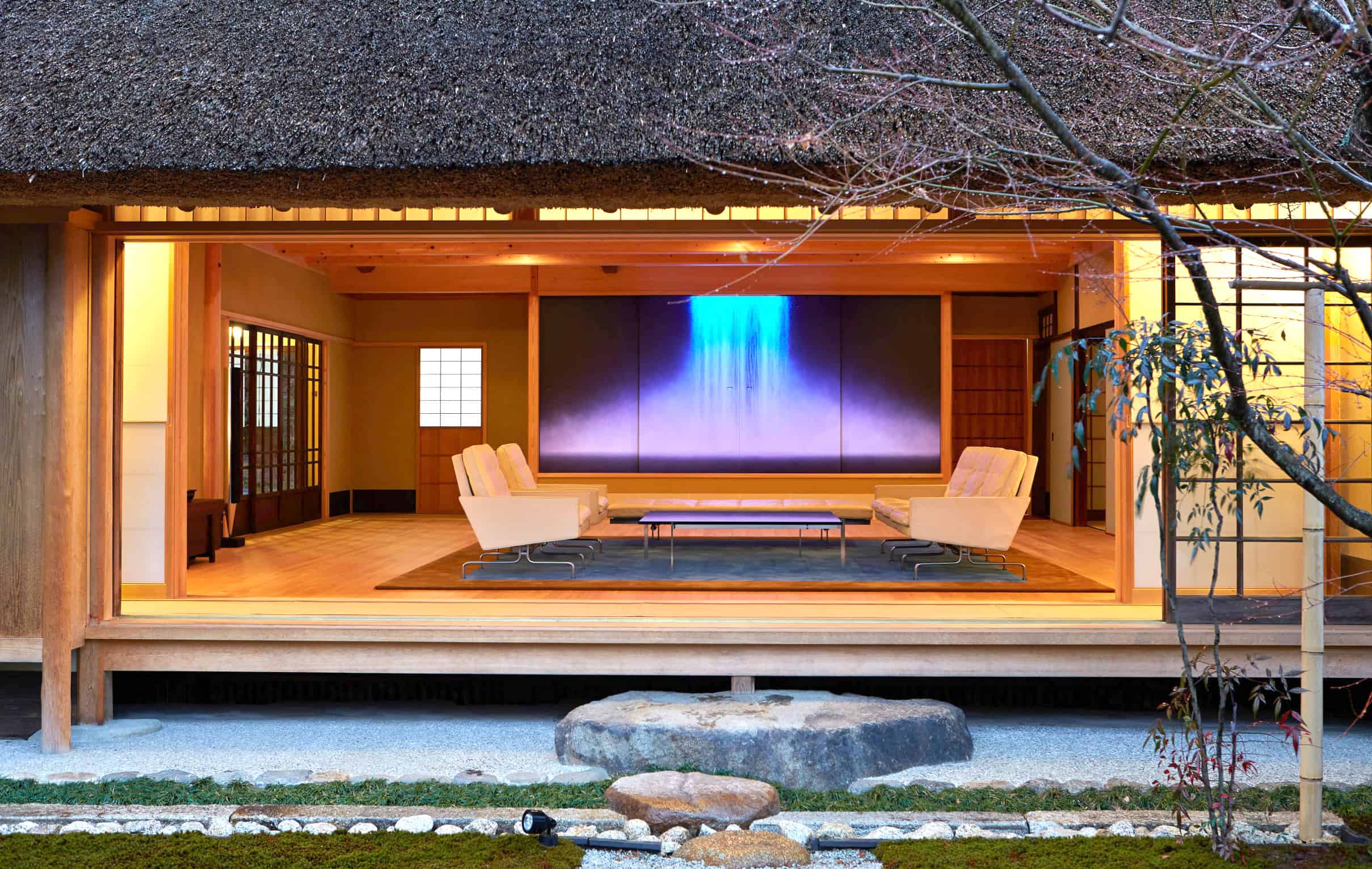
Conclusion
Japanese decor is a beautiful and mindful way to transform your home. By embracing simplicity, natural materials, and a tranquil color palette, you can create a calming environment that resonates with peace and balance. Whether you choose to adopt traditional, modern, or Zen styles, let your personal experience guide you to design a space that speaks to your soul. Start small, and enjoy the journey of creating your own Japan-inspired sanctuary.